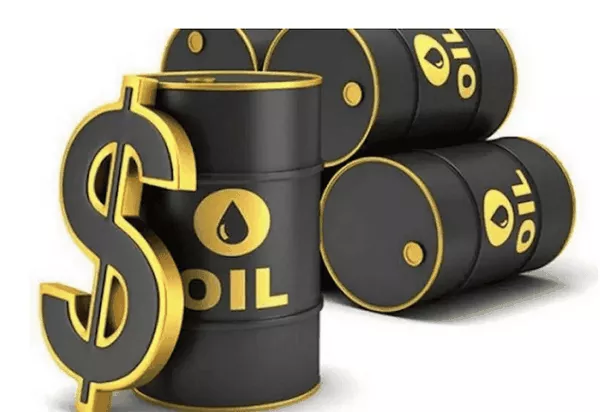West Texas Intermediate (WTI) crude oil prices tumbled to around $61.45 per barrel during Thursday’s early Asian session, pressured by intensifying trade tensions between the United States and China, which have fueled fears of a global economic slowdown and weakening energy demand.
The latest round of tariff escalations has cast a shadow over the global economic outlook. US President Donald Trump announced a sharp increase in tariffs on Chinese imports, raising them to 125% on Wednesday—just hours after China imposed an 84% duty on US goods. The tit-for-tat exchange has heightened uncertainty and diminished hopes for a swift resolution between the world’s two largest economies.
“China’s aggressive retaliation diminishes the chances of a quick deal between the world’s two biggest economies, triggering mounting fears of economic recession across the globe,” Ye Lin, Vice President for oil markets at Rystad Energy, told Reuters.
EIA Inventory Report and Supply-Side Developments Offer Mixed Signals
Adding to the bearish sentiment, the US Energy Information Administration (EIA) reported a rise in crude inventories for the week ending April 4. Stockpiles increased by 2.553 million barrels, slightly exceeding market expectations of a 2.2 million-barrel build. However, the rise was significantly lower than the previous week’s jump of 6.165 million barrels, offering a modest counterbalance to the demand-side concerns.
On the supply front, a potential cushion to WTI’s losses emerged with the ongoing shutdown of the Keystone oil pipeline, which transports Canadian crude to the United States. The pipeline remained offline on Wednesday following an oil spill near Fort Ransom, North Dakota. Operator South Bow stated that plans to resume operations were still under evaluation.
Outlook: WTI Under Pressure as Market Eyes Global Growth Risks
While the Keystone pipeline disruption may offer some short-term support by constraining supply, the broader market outlook for WTI remains fragile. Mounting geopolitical risks and deteriorating sentiment around global trade continue to overshadow fundamentals, with investors now closely watching for further developments in the US-China standoff and additional macroeconomic indicators that could shape the future demand landscape for crude oil.


